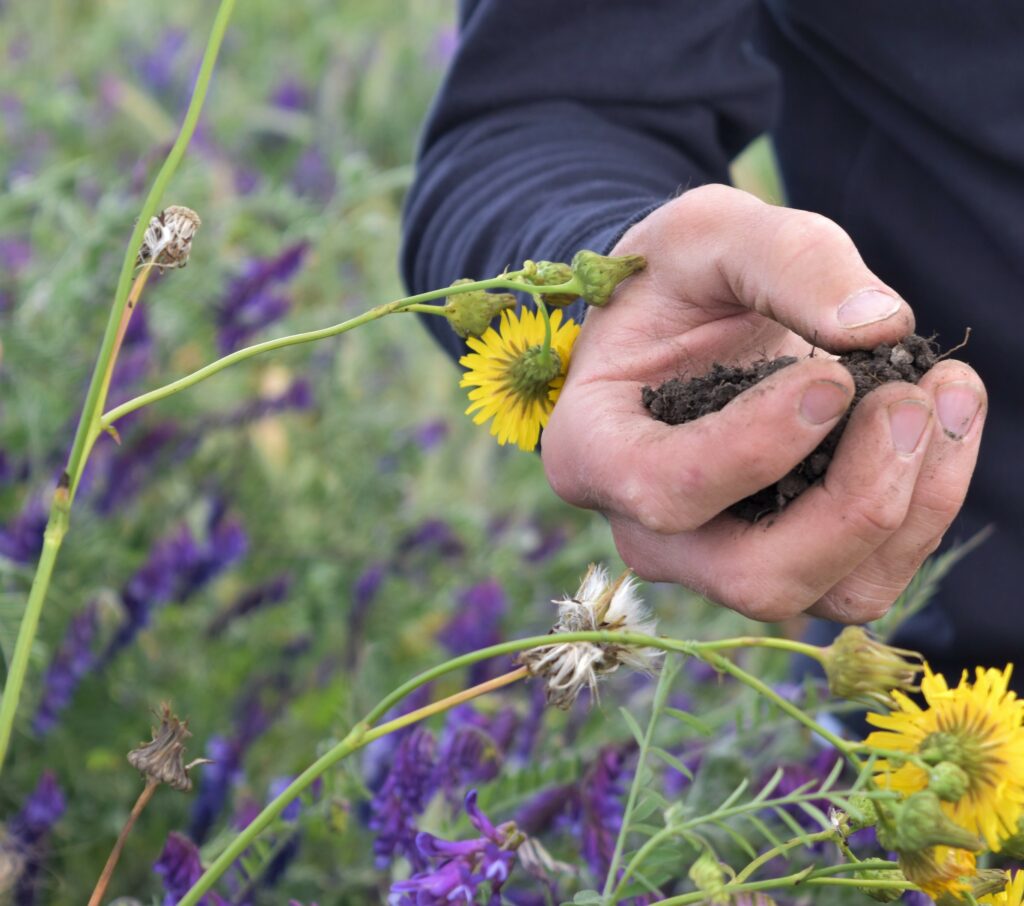

We help agricultural producers and rural communities discover the benefits of climate solutions—solutions that go beyond reducing emissions to improving soil health, creating new economic opportunities, protecting biodiversity and strengthening resilience against droughts and floods.
We take a made-in-Alberta, rural-first approach, making climate conversations accessible, practical and relevant.
Through learning resources, social innovation labs, producer-led projects and partnerships, we’re working with Albertans to embrace practices that are good for the farm and the climate.

Since 2017, we have been working alongside farmers, ranchers and rural communities to advance climate solutions in Alberta. Our impact so far:
The Regenerative Agriculture Lab (RAL) brings together farmers, researchers, food retailers, and other agri-food stakeholders to collaborate, test, and develop ideas that accelerate the adoption of regenerative agriculture in Alberta.
Using social innovation methodology, RAL creates a space for exploring initiatives, policies, and programs that support a resilient and sustainable future for agriculture.
The Siksikaitsitapi Agriculture Project (SAP) empowers members of the Blackfoot Confederacy by providing a platform for them to explore and identify which climate solutions that align with Blackfoot ways of knowing.
Using a culture-specific model of engagement, activities within SAP are delivered with the appropriate cultural lens, to further a Nation-to-Nation relationship and to honour the spirit and intent of Truth and Reconciliation.
What if your least productive acres could deliver returns—for your farm and the environment?
In the first episode of our new series Restoring the Margins, we talk with Dr. Christy Morrissey about how the Prairie Precision Sustainability Network (PPSN) is using data to identify and restore marginal lands. The result? A win-win for the farm and the environment.
Tune in and learn how the edges of your fields could hold new potential.
In Fairview, Alberta, you’ll find Garth Shaw of Muddy Creek Ranch–a proud rancher with an open mind, a strong respect for the land and a genuine care for the animals he raises. Garth’s ranch sits in the rolling grasslands along the north bank of the Peace River, nestled where the river reaches its southernmost point. This prairie region, accustomed to rugged winters, is a place where conversations around sustainability are beginning to take root in surprising ways.